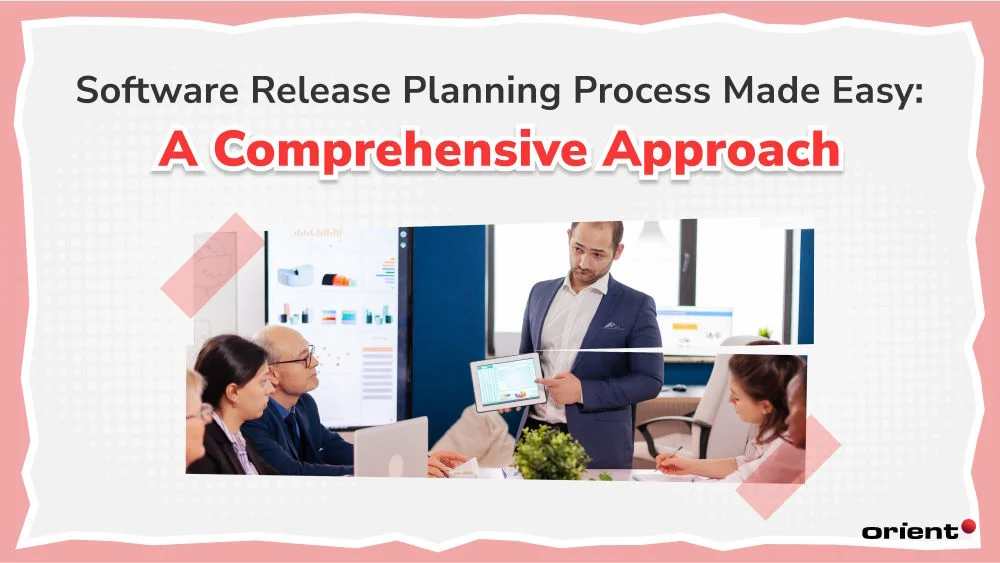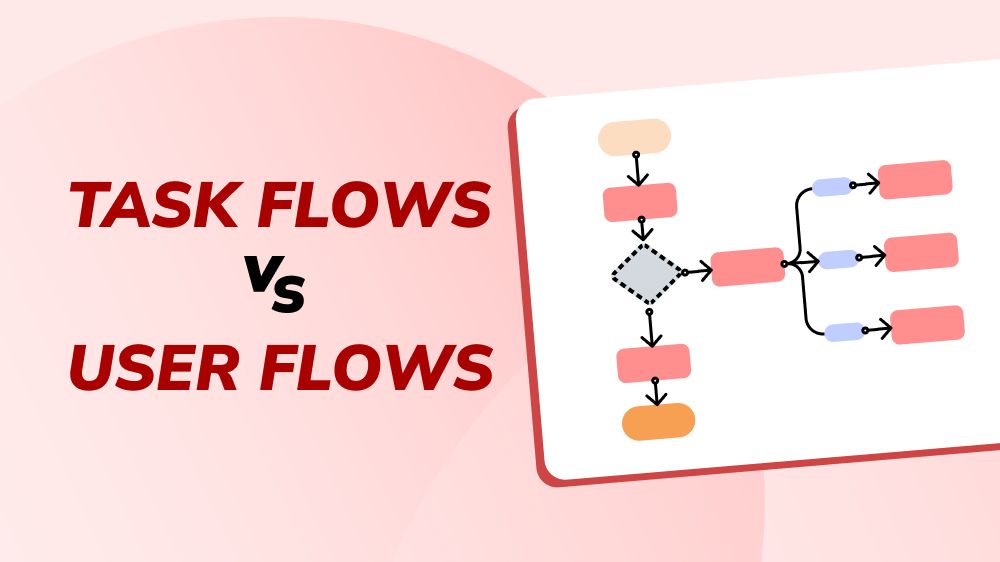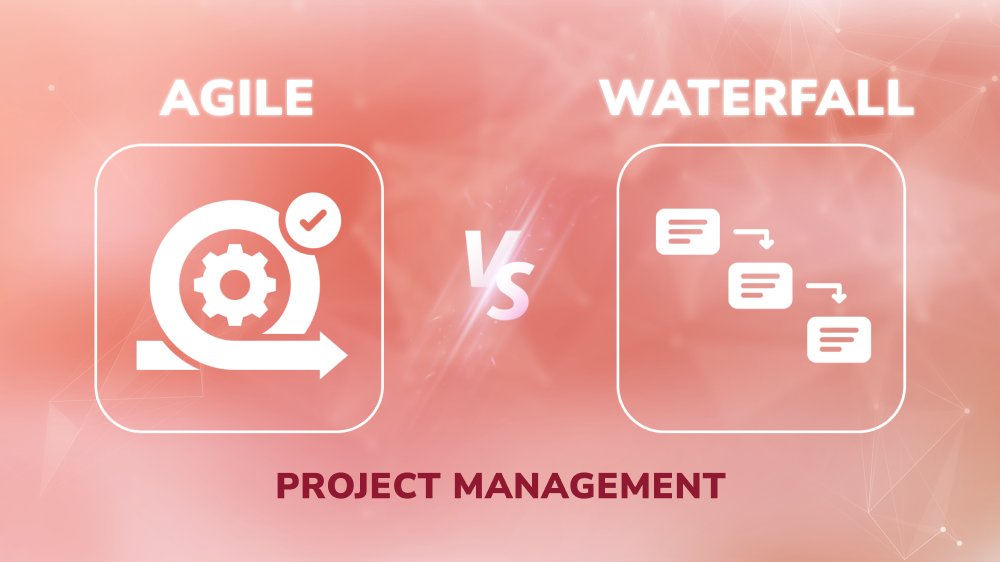Software Release Planning Process Made Easy: A Comprehensive Approach

Content Map
More chaptersDwight D. Eisenhower once said, “Plans are nothing; planning is everything.”
However, even the best plans run into hiccups and need iterations from time to time. Even then, the fact that one takes time to make plans carefully will serve them well, no matter what detours they might have to make. This, too, rings true in the world of software development.
Today’s article will discuss everything you need to know about the process of software release planning - why it is so important in the first place; the release planning approaches that you need to know, how release planning glues together the vision and execution in agile development, and how to write a software release plan efficiently.
Key Takeaways:
- Software release planning is a key step in Agile development methodology.
- It is the “how” of a software development process and guides the entire software development process.
- To plan a successful software release, define your goals, scope, requirements, timeline, and sprints. Keep teammates involved and update the plan as needed.
What Is a Software Release Plan?
Definition
A software release plan is a strategic document that lists the features included in a future software release. It serves as a detailed timeline for the stages of the software development lifecycle, involving development, testing, deployment, and delivery. This plan aligns with the project’s business objectives, audience needs, timeframe, quality standards, and budget constraints. The primary objective is to facilitate efficient and effective software delivery by managing resources and tasks across teams.
Another definition of the ISO/IEC 20000 standard is as follows: “Software release planning entails setting and adhering to schedules for delivering new or modified services or components to production.”
A software release plan isn’t only focused on future releases; it also makes sure that team members are well-informed and on the same page during the process, which contributes to the successful execution of the plan.
Release Plan and Product Roadmap
Both the release plan and product roadmap are important documents to a product manager. Though some people are confused due to their similarities, they are quite different.
- A product roadmap is a strategic, high-level document providing an outline of the product vision, long-term goals, direction, and progress.
- Release Plan: Compared to the product roadmap, release plans are more detailed. It provides a tactical view regarding the tasks, features, and deadlines of the product release.
Despite serving two different purposes, they are complementary and used together to achieve successful product releases.
Do You Need to Plan a Software Release?
Software development has become more complex. There are already multiple steps and documents product managers need to work on, so is a software release plan really necessary? The short answer to the question is yes.
- A software release plan is a key step in agile software development. It refers to a product management approach that breaks down the project into phases (or releases) rather than completely developing all the futures and releasing the product in one go. It often entails a cycle of planning, executing, and evaluating.
- Teams rely on Agile release planning to organize their work and methods. In addition to providing a structure, an Agile release plan reduces risk, guides the decision-making process, and defines time constraints.
- It is the “how” of the software development process. While it is easy to come up with ideas for the software, it is often much more tricky to nail down the “how” concretely, including:
- Setting clear goals that align with the business’s strategic views and plans.
- A clear scope definition.
- Estimation of the required workload and budget.
Two Common Release Management Approaches
The process of organizing, creating, arranging, testing, releasing, and managing a software release is known as release management. There are two ways you can go about release management to achieve successful software releases.
Agile
{.mt-5}
Most common in software development projects, Agile release planning (or Scrum release planning) refers to the building and releasing of products in iterations or incremental stages.
Agile management’s approach is continuous development - safely and quickly implementing changes in features. The release prioritizes high-value and high-priority features in small bundles, leading to more frequent releases. The release cycle encompasses continuous integration, continuous delivery, and continuous deployment.
Waterfall
{.mt-5}
As its name suggests, in this methodology, each process phase flows progressively downward through five stages (requirements, design, implementation, verification, and maintenance), much like a waterfall.
This method doesn’t allow flexibility as each stage depends on the completion of the previous one. The requirements in the project are often clearly defined from the very beginning. Both the business side and IT provide input into the release plan. Each release package is tested and approved before being deployed in the production environment.
If you are on the fence about the two project management methodologies, read our detailed guide to see if Agile or Waterfall is the best suit for your team.
Elements of a Software Release Plan
Before we discuss the process of creating a software release plan, it is helpful to start with its elements.
Goals
It wouldn’t be a plan without a goal. The goal should align with both your business needs and the target audience’s demands. Moreover, consistently coordinating efforts with the long-term vision is a good practice in business strategies.
Owner
By stating who the owner is, the team knows who to contact when important changes need to be made.
Scope
A well-written scope states the project’s boundaries while also outlining team members’ responsibilities. It also defines how the deliverables are verified and approved, making it easier for the release management process.
Timeline
Based on the workload, size of the project, culture, and resources, the release dates are included in the plan as well. The dates could range from a couple of weeks to every two months, for example.
Scope of Implementation
A list of high-level features is included in each release. This description might also include the excellent capabilities users may receive.
Release Tasks
More details will be included when planning each release. This involves individual tasks, documents, or release notes.
How to Write a Software Release Plan?
A successful software release may look different from company to company or from team to team. However, there are general steps that apply to most well-crafted software release plans.
Determine Goals

The first step is to write down your vision. This is what will guide the entire development process. You and your team will need to answer an array of questions, including what type of product (a mobile app, a web app, etc.) you are trying to release, what the key features are, what the timeline should look like, and so on.
Define Specific Requirements
After the goal is nailed down, define the detailed requirements for your software development team. This involves the list of core features and user flow.
Review and Prioritize Tasks
With the goal and detailed requirements down, it is time to review the product backlog. In other words, it is time to make priorities. The focus in this step should be the most essential features to achieve the goal and support the release objective.
By the end of this step, you will have the minimum market features for the Agile version. Make sure stakeholders are clear on the project goals and expectations.
Estimate Release and Prepare Proposal
Have a clear timeline with up-to-date estimations in your proposal. It is a good idea to go through the estimates with teams and adjust them if needed.
A clear timeline supports the planning process in terms of defining goals and distributing tasks to team members.
Analyze Risks

After preparing the software release proposal, go over the potential risks and think of measures to minimize them.
Define Sprints
As a release manager, you can calculate the total number of sprints needed. Start by examining the total amount of work and the speed of software development teams. Based on that information, calculate the number of sprints.
Each user story is assigned a certain number of points based on the amount of work required to break it down further. To calculate the number of sprints needed, simply add up the points of all user stories in a sprint or release. For example, if a sprint has 125 points of work and your team can complete 25 points of work per sprint, it will take five sprints to finish the project.
Set Release Sprints
The release sprint refers to the last tasks that need to be completed before the release. It is focused on finalizing documentation, fixing bugs and errors, etc. This step is optional, but if you have software launching tasks, it is helpful to create release sprints.
Update Plan

Review the release process regularly and make changes where needed, especially when there are changes that affect the features implemented or the release date.
Release to End-user
Releasing the software to your end user isn’t the end of the journey. The team needs to monitor its performance to ensure the software is running smoothly.
Tips and Best Practices for Software Release Planning
- Update the release plan regularly and make sure everyone is looped in on the update.
- Put careful thought into the release dates to keep the users excited and your team operating efficiently without fatigue.
- Set clear standards and metrics to evaluate each new feature created.
- Use dedicated project management software to save your team the time and trouble of performing meticulous and time-consuming tasks.
Last but not least, if you are still struggling, find a trusted and dedicated partner! Having experts on board will help you save time and effort dealing with the nitty-gritty details of software planning.
We take great pride in delivering top-notch bespoke solutions to our valued clients at Orient Software. Reach out to us, and we’ll get back to you within three business days!







